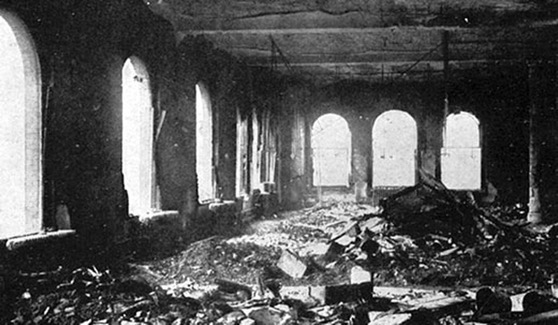“Where’s HER Movie” posts will highlight interesting and accomplished women from a variety of professional backgrounds who deserve to have movies written about them as much as all the male scientists, authors, performers, and geniuses have had written about them across the over 100 years of film. This is our attempt to help write these women back into mainstream history. — Rosanne
Anna LoPizzo was a striker killed during the Lawrence Textile Strike (also known as the Bread and Roses Strike), considered one of the most significant struggles in U.S. labor history. Eugene Debs said of the strike, “The Victory at Lawrence was the most decisive and far-reaching ever won by organized labor.”[1] Author Peter Carlson saw this strike conducted by the militant Industrial Workers of the World (IWW) as a turning point. He wrote, “Wary of [a war with the anti-capitalist IWW], some mill owners swallowed their hatred of unions and actually invited the AFL to organize their workers.[2]
Anna LoPizzo’s death was significant to both sides in the struggle. Wrote Bruce Watson in his epic Bread and Roses: Mills, Migrants, and the Struggle for the American Dream, “If America had a Tomb of the Unknown Immigrant paying tribute to the millions of immigrants known only to God and distant cousins compiling family trees, Anna LoPizzo would be a prime candidate to lie in it.”[3] — Wikipedia


